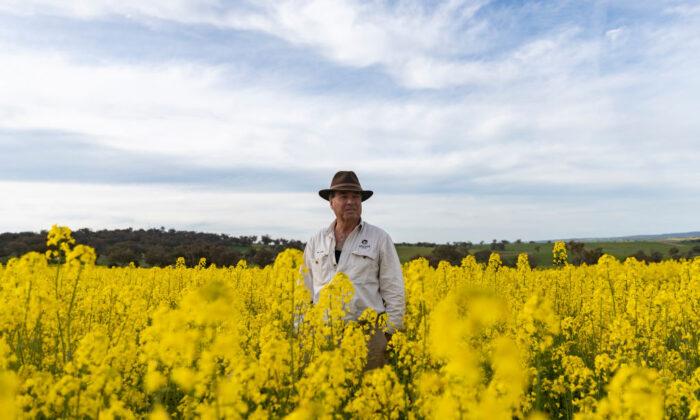Australia’s winter crop production has increased by 89 percent to 55.2 million tonnes and is expected to be the second biggest harvest on record.
Wheat production is estimated to have increased by 120 percent to 33.3million tonnes, while barely is up 45 percent to 13.1 million tonnes and canola production rose by 74 per cent to 4.1 million tonnes.
The Australian Bureau of Agricultural and Resource Economics and Sciences (ABARES) executive director Jared Greenville estimates the 2020/21 harvest is 7.4 percent higher than the forecasted in December.
Summer crop production is expected to increase to 3.3 million tonnes, performing better than last year but still staying below the average. Area planted to summer crops are estimated to hit 1.04 million hectares, nearly three times larger than the drought-hit season of 2019/20.
Greenville said the increase is mainly due to better conditions in NSW and WA, but adds that "This is around 13 per cent below the 10-year average to 2019/20 because planted area remains below average due to limited planting in NSW on the back of large winter crop plantings and a poor start to the summer crop season in some areas of Queensland.”
Area planted to sorghum is also estimated to have increased by 258 percent to 511,000 hectares while production is estimated to have reached 1.5 million tonnes.
Cotton production is likewise expected to have risen by 395 percent to 295,000 hectares, driven by improved soil moisture and greater supply of irrigation water.
Despite the below-average spring rainfall in summer cropping regions that prevented the intended summer crop numbers, Greenville expects yield prospects to benefit from favourable rainfall outlook and mild temperatures forecast for Autumn.
The news of the bumper agricultural harvest comes after a generally buoyant year for Australian grain farmers after issues in the Americas, the Black Sea and Argentina led to struggling corn, soybean and wheat crops internationally.
Nick Crundall, head of strategy at Market Check told
Farm Online that 2020 was a profitable year for growers across the board.
“We’ve had a relatively rare season where we’ve seen our crop continue to grow throughout the year and international crops get smaller, which in some part reflects the La Nina weather event that is in place, which also influences weather in North and South America, seeing it usually drier.”
Crundall said this had coincided with shortages in supply globally in key commodities such as corn and soybeans which had spilt over to drag up prices for important Australian crops such as wheat and canola.





Friends Read Free